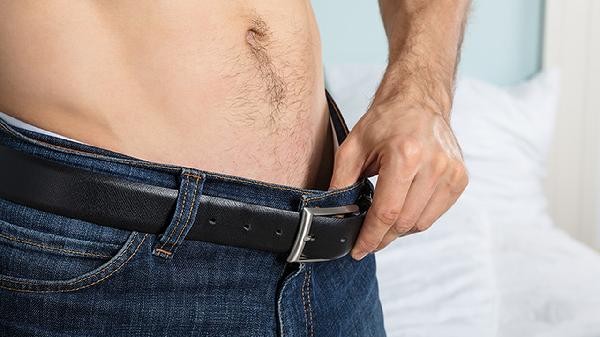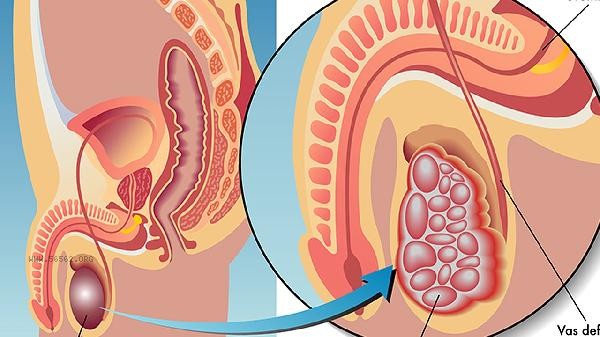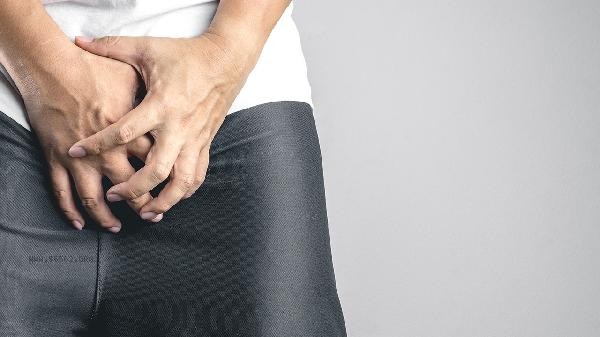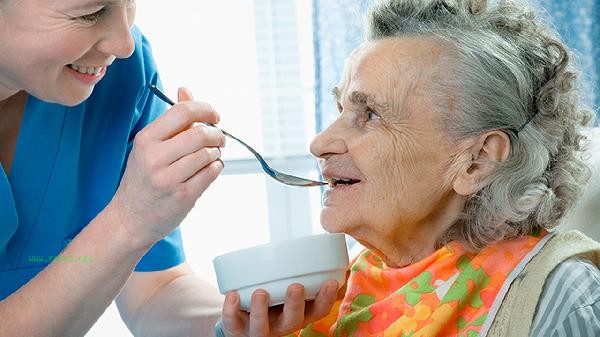The appearance of hard lumps near the testicles on the inner thigh may be caused by various conditions such as folliculitis, lipoma, lymph node enlargement, and even malignant tumors. It is necessary to analyze the specific symptoms and seek medical attention as soon as possible if necessary. The following provides specific explanations from two aspects: etiology and solutions.

1. Possible causes
1. Folliculitis: If the hard lump is accompanied by pain, redness, or pus, it may be caused by bacterial infection of the local hair follicle. It is often related to poor skin hygiene, friction irritation, or hair follicle damage caused by shaving.
2 Lipoma: If the lump is soft and not painful, it may be a benign tumor caused by fat accumulation, which mostly occurs in thicker skin areas and generally does not affect health.
3 Lymph node enlargement: This type of lump is usually caused by infection or inflammation, and is more common when accompanied by colds, tonsillitis, or reproductive system infections. The lump has obvious tenderness but a firm texture.
4 Malignant lesions: Although rare, in some cases, lumps may be associated with genital tumors or other cancerous changes, usually accompanied by symptoms such as rapid enlargement, irregular shape, and persistent pain.

2. Specific treatment methods
1. Mild infections such as folliculitis: Clean the local skin and wash it daily with physiological saline or antibacterial detergent to avoid further friction and damage. If necessary, apply antibiotic ointment such as mupirocin ointment or erythromycin ointment locally to alleviate infection symptoms. If the hard lump persists or forms an abscess, it is necessary to go to the hospital for incision and drainage treatment.
2 Lipoma: If the lump does not affect daily life, it usually does not require special treatment, but if it gradually enlarges or compresses surrounding tissue, direct surgical resection can be chosen. It is recommended that patients with this condition undergo regular follow-up examinations based on their doctor's advice to observe the size and changes of the lipoma.
3 Lymph node enlargement: For reactive enlargement of lymph nodes caused by infection, primary infection should be treated first. For example, reproductive system infections can be treated with antibiotics such as levofloxacin or cephalosporins to achieve the goal of reducing lymphadenopathy. Avoid standing or sitting for long periods of time to promote lymphatic circulation.
4 Suspected malignant lesions: If the shape of the lump is abnormal or accompanied by other discomforts throughout the body such as weight loss and fatigue, it is recommended to seek medical attention first and make a clear diagnosis through imaging examinations such as B-ultrasound and MRI, as well as tissue biopsy, in order to undergo early surgery or treatment intervention and improve the probability of recovery. If the lump cannot subside on its own in the short term, or is accompanied by severe pain, abnormal secretions, fever, and other symptoms, it is necessary to go to the hospital as soon as possible for further evaluation by a professional doctor to avoid delaying the condition.





Comments (0)
Leave a Comment
No comments yet
Be the first to share your thoughts!